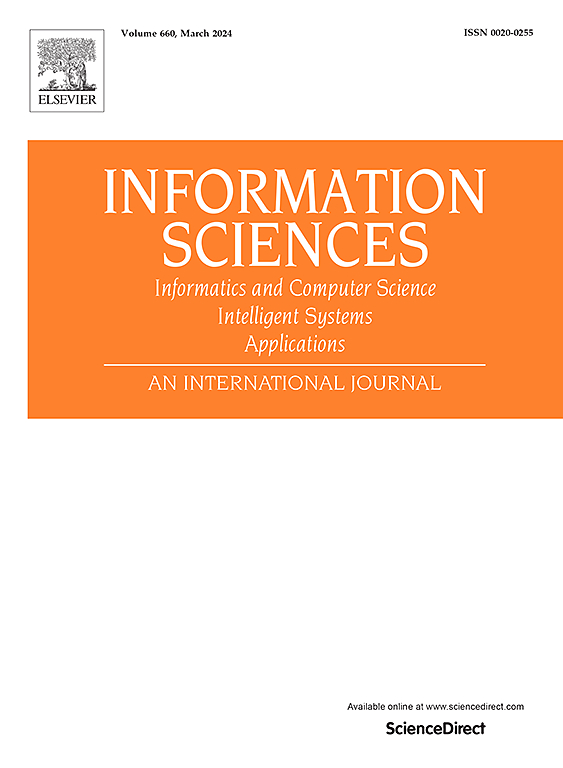通过视觉语言引导扩散模型增强人脸隐私保护的可用性
IF 6.8
1区 计算机科学
0 COMPUTER SCIENCE, INFORMATION SYSTEMS
引用次数: 0
摘要
随着互联网的发展,大量包含人脸的图像在社交媒体上被广泛分享,导致基于人脸的身份跟踪和隐私泄露的风险增加。人脸去识别是一种将可识别的个人信息隐藏在图像中的隐私保护技术。基于生成模型的人脸去识别方法的最新进展在确保隐私的同时保持图像可用性方面取得了进展。然而,在增强可用性方面仍然存在挑战。具体来说,目前的方法通常会生成带有明显伪影或难以保留原始语义信息的图像,这可能会阻碍在各种计算机视觉任务中的实际应用。本文提出了一种基于视觉语言理解的人脸去识别扩散模型。我们的方法结合了一个语义保存模块和一个身份保护模块来指导扩散模型生成去识别图像。语义保存模块利用视觉语言模型来保留原始图像的句子级语义信息。身份保护模块通过扰动身份表示来保证隐私。我们在不同的数据集上训练和评估了我们的方法,实验结果表明,在保证隐私保护的同时,我们的方法不仅在图像质量上优于现有方法,而且在多个细粒度实用任务上也优于现有方法。本文章由计算机程序翻译,如有差异,请以英文原文为准。
Enhancing usability in face privacy protection via vision-language guided diffusion model
With the development of the Internet, a large number of images containing faces are widely shared on social media, leading to increased risks of face-based identity tracking and privacy breaches. Face de-identification serves as a privacy protection technique that conceals identifiable personal information in images. Recent advancements in generative model-based face de-identification methods have made progress in ensuring privacy while preserving image usability. However, challenges remain in enhancing the usability. Specifically, current methods often generate images with noticeable artifacts or struggle to preserve the original semantic information, which can hinder the practical applications in various computer vision tasks. In this paper, we propose a vision-language understanding-guided diffusion model for face de-identification. Our method incorporates a semantic preservation module and an identity protection module to guide the diffusion model in generating de-identified images. The semantic preservation module leverages a vision-language model to retain the sentence-level semantic information of the original image. The identity protection module perturbs the identity representation to ensure privacy. We train and evaluate our method on different datasets, and the experimental results demonstrate that, while ensuring privacy protection, our method not only surpasses existing methods in image quality but also outperforms them across multiple fine-grained utility tasks.
求助全文
通过发布文献求助,成功后即可免费获取论文全文。
去求助
来源期刊

Information Sciences
工程技术-计算机:信息系统
CiteScore
14.00
自引率
17.30%
发文量
1322
审稿时长
10.4 months
期刊介绍:
Informatics and Computer Science Intelligent Systems Applications is an esteemed international journal that focuses on publishing original and creative research findings in the field of information sciences. We also feature a limited number of timely tutorial and surveying contributions.
Our journal aims to cater to a diverse audience, including researchers, developers, managers, strategic planners, graduate students, and anyone interested in staying up-to-date with cutting-edge research in information science, knowledge engineering, and intelligent systems. While readers are expected to share a common interest in information science, they come from varying backgrounds such as engineering, mathematics, statistics, physics, computer science, cell biology, molecular biology, management science, cognitive science, neurobiology, behavioral sciences, and biochemistry.
 求助内容:
求助内容: 应助结果提醒方式:
应助结果提醒方式:


